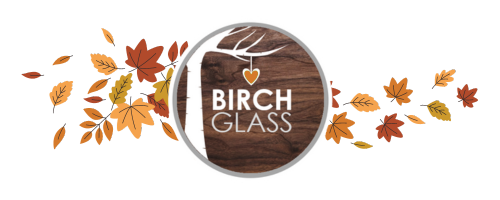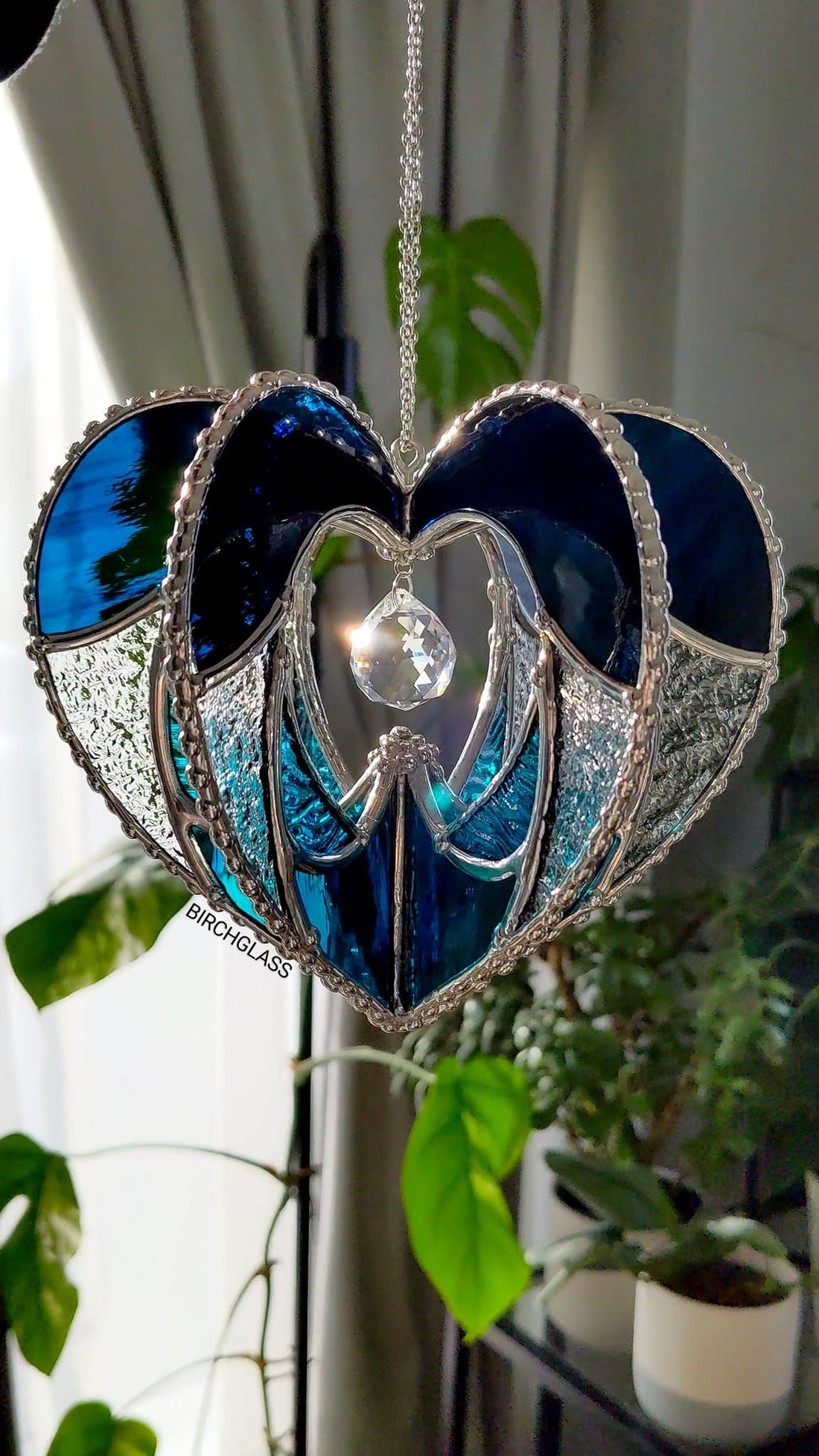When considering picking up stained glass as a hobby, one of the first questions that comes to mind is, “Is this an expensive hobby? Is this all going to cost me an arm and a leg?... or both of each!?" Well, it really depends on how you approach it, but it in short you'll most likely be spending upwards of £130 ($165USD) on the bare minimum, that's excluding glass sheets and a grinder (which is arguably the most expensive tool at the start).
Let’s dive into what makes stained glass a unique craft, what costs to expect, and how you can make it work for your budget.
This guide covers the Copper Foil Technique, also known as Tiffany-style stained glass. Please note that all prices are approximate and listed in USD.
To get started, I highly recommend searching for a stained glass taster class in your area. This allows you to try out the craft without committing to buying all the tools and materials upfront. A quick Google search using your town, county, or state along with terms like "stained glass class" or "beginner stained glass course" can help you find options nearby. You might be pleasantly surprised by what's available close to home!
The Initial Investment: Tools and Materials
One of the biggest costs you’ll face when starting out in stained glass is the initial investment in tools and materials. Here’s a quick breakdown:
-
Basic Tools:
- Glass Cutter: Essential for scoring and cutting glass. A good quality cutter can range from $20 to $50.
- Running Pliers: These help to break the glass along the score line. They usually cost between $15 and $30.
- Grozing Pliers: These help to nibble away at the edges of glass, ranging from $10 to $20.
- Soldering Iron & Stand: Necessary for joining pieces of glass together. Expect to spend at least $50, depending on the quality and brand. We don't recommend choosing a very cheap soldering iron, as they don't hold the heat required for smooth soldering, which can lead to a lot of frustration at the start. We at Birch Glass personally recommend the Hakko FX601.
- Safety Gear: Eye protection and gloves are crucial. These are typically inexpensive, around $10 to $20. You may also need an extractor fan or some other way to deal with flux fumes, depending on the flux you choose. Always read the labels.
- A Glass Grinder: The big one! You'll need a glass grinder to grind away the rough edges of the glass before you apply copper foil, and there are certainly cheap grinders on the market (less than $100) but we couldn't say how long they'd last! We'd recommend you look into either "The Grinder 2" which is generally up for sale at around $190 at the time of writing this. We also like the Inland grinders which start at around $160.
-
Materials:
- Glass: This can vary greatly in price depending on the type, color, and quality. You might pay anywhere from $5 to $50 per square foot.
- Copper Foil Tape and a Burnishing Tool (or Fid). For wrapping around the glass and burnishing, ready for soldering. The tape ranges from $8-$25 for a roll, this is dependent on the brand, width and backing colour. You can buy a fid for as little as a couple of dollars! But many choose to use something like an old pencil instead.
- Solder: Be sure to buy solder specifically made for stained glass art. This starts at around $25 per pound.
- Flux and Flux Brush: These help the solder flow smoothly and stick properly, adding another $5 to $15 to your list. We love using Nokorode paste flux!
- Polish: You'll want to polish and wax your project once it's complete, making it nice and shiny! This ranges from $5 to $20.
So, to get started with stained glass, you’re looking at an initial cost of around $250 to $500 for basic tools and materials including glass and a grinder, this is also dependent on where you're located of course. However, keep in mind that many of these tools are a one-time investment and will last for years if properly cared for.
Ongoing Costs: Maintaining Your Hobby
Once you’ve got your basic tools, the ongoing costs are more manageable. The main expenses will be for glass, solder, and any specialty tools or materials you might want to experiment with.
-
Glass: As you progress in your hobby, you’ll likely want to experiment with different types of glass, which can range from affordable clear or colored glass to more expensive varieties like iridescent or hand-blown glass. Depending on your projects, you might spend $20 to $100 on glass per project.
-
Solder and Copper Foil: These will need to be replenished as you work on more projects, but they aren’t a significant recurring cost. Expect to spend about $10 to $30 per project on these materials.
-
Patterns and Designs: If you purchase patterns or pattern books, this can add to your costs. There are also free patterns available online. We have some wonderful patterns from beginner to advanced designs over here - https://birchglass.com/collections/patterns-by-birch-glass
Budget-Friendly Tips for Stained Glass
Stained glass doesn’t have to break the bank! Here are some tips to keep your costs down:
- Start Small: Begin with smaller projects like beginner sun catchers or simple panels to keep material costs low while you build your skills.
- Try a Pre-Cut Glass Kit: This way you can try foiling and soldering without the need to buy any of the cutting tools at the beginning. We have a lovely selection of kits just over here - https://birchglass.com/collections/pre-cut-glass-kits
- Buy in Bulk: Purchasing materials like glass and solder in larger quantities can save you money in the long run.
- Upcycle Glass: Look for old glass windows, bottles, or even dishes that you can repurpose into beautiful stained glass art.
- Take a Class: Before investing in all of the tools, consider taking a class where materials are provided. This can give you a feel for the craft without the upfront cost.
- Join a Community: Many stained glass enthusiasts swap materials or share resources. Joining a local group or online community can lead to great deals and free advice.
The Value of Stained Glass as a Hobby
While stained glass can be more expensive than some other hobbies, it also offers immense rewards. The joy of creating something beautiful with your hands, the meditative process of working with glass, and the pride in your finished pieces are all priceless. Plus, stained glass creations can make for meaningful gifts or even be sold, potentially offsetting your costs.
Ultimately, whether stained glass is an expensive hobby depends on your approach and budget. With thoughtful planning and some creativity, you can enjoy this beautiful art form without overspending, and you can keep those arms and legs! Remember, the satisfaction of creating a stunning piece of stained glass art is worth every penny!
Enjoy! Happy crafting!
- Aimee

